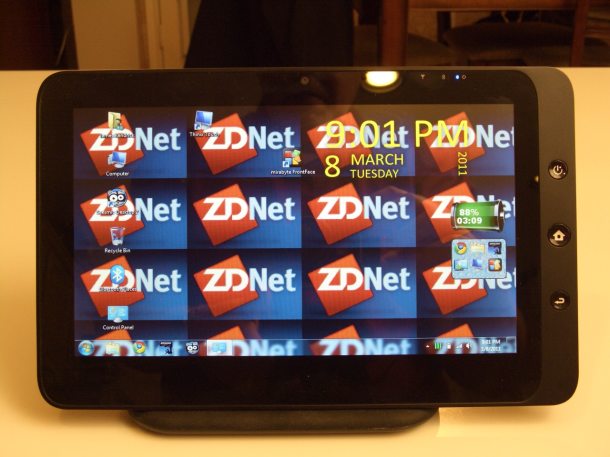The looming perception problem with Windows tablets


The Windows Tablet PC never reached mainstream acceptance, but most folks are aware of these laptops that have pens. While sales of Tablet PCs were largely restricted to niche markets, most folks have been exposed to the laptops that work with a pen. A lot of folks I talk to have never tried using a Tablet PC, but have a curiosity about the ability to write on the screen with the special pen. The more I correspond with readers about the touch tablets hitting the market, the more apparent it is that many potential buyers think that any device running Windows will handle pen input. That's not the case and a lot of folks are going to be disappointed when they find out the truth.
Some early Tablet PCs had the ability to handle both touch and pen input, through special digitizers that worked with both types of technologies. These digitizers were not cheap, and resulted in devices that cost more than those that handled only one input method or the other. It is only natural that those unfamiliar with how this works will end up confused about which devices can do both and which ones can't.
To complicate the situation the HP Slate 500 that was released late last year has the ability to work with both touch and pen, even though it has the same form as touch only slates. This is part of the reason it is expensive when compared to the iPad with touch only. Other Windows tablets hitting the market only have touch digitizers, but literature about them never mentions pen capability one way or the other.
Microsoft and OEMs making Windows tablets need to work together to make sure that every device coming to market is plainly labeled in a way that makes it clear to buyers what they are getting. This may require a branding program for tablets with and without pen control, or a logo program of some kind. Tablet makers and Microsoft are going to have a hard enough time competing with Apple and Google Android without creating a confusing message.